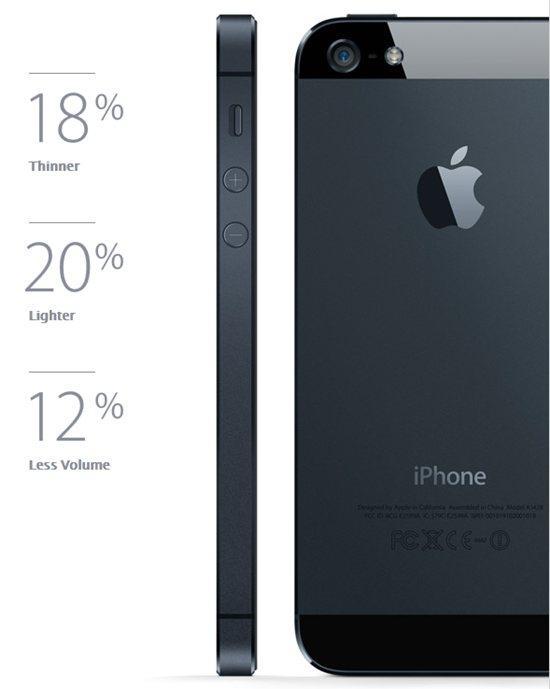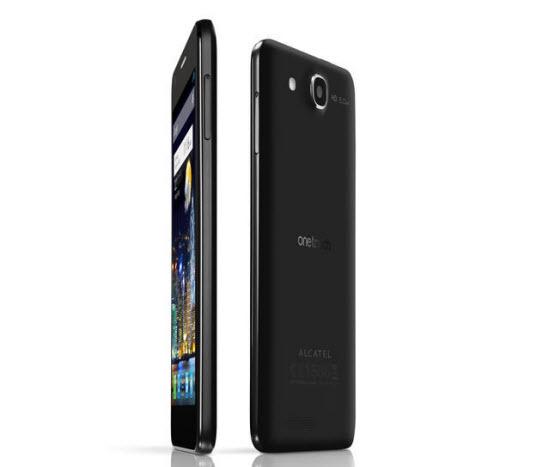
We are stuck in the middle of an imaginary race amongst manufacturers to deliver increasingly thin smartphones upon the release of every new device. In the process, we've seen features shed and discarded like they mean nothing to the consumer. We've even seen design push the envelope at the detriment of repair. There have been quality control issues. And while manufacturers are obviously taking pleasure in pointing out eachother's flaws in design, the idea that a slab of thin plastic (or metal) is better if its thin has become an unjustified prelude to a device's feel. But they continue to get thinner, and I'm starting to feel like there could be no end in sight.
The thinnest smartphone I've ever owned is the iPhone 5. It clocks in at 7.6mm in thickness, so its far from being the thinnest, but it's svelte nonetheless. From then on, I have owned smartphones with more heft. I have subconsciously chosen smartphones that are in the neighborhood of 8 and 10mm in width. And I like to believe my choices have not been influenced by the marketing of the smartphone maker, but who knows. My current device, a Nexus 4, tips the scale at 9.1mm in width and it is far from perfect, but it is at least comfortable to hold. I don't feel like it will slip out of my hand, and I can actually feel it resting in my pocket. It's big enough to spot from a distance, and still manages to be portable.
I prefer devices which are not as thin as paper, and at 7.6mm thin, the iPhone 5 is far too cold a document for my tastes.
Looking back at the thin smartphone track record, it's difficult to find out why they continue to get thinner. I liken the thinness race to an imaginary game amongst OEM's for bragging rights. "Anything you can do I can do better..." as the saying goes. But why?
There were thinner phones at the time, but in the Summer of 2010 Apple announced the iPhone 4 to the world. By voodoo magic, it was instantly recognized as a benchmark for build quality, and at 9.3mm, also set the thinness proclamation into motion for years to come.
Motorola followed suit with the DROID RAZR at 7.1mm thin. And then Huawei figured thin is what the people want, such was the birth of the Ascend P1 S at 6.68mm. Then a company by the name of Oppo released the 6.65mm thin Finder sending the obese Ascend P1 S back to the drawing board. And that brings us to 2013 where Alcatel has released the One Touch Idol Ultra at 6.45mm. Yet, rumors continue of an unreleased smartphone by Oppo that would clock in at 6.13mm. And you can't forget the feature phone Samsung Ultra Edition 5.9 measuring in at 5.9mm in width, but its hardly up to today's smartphone standards.

Someone please explain how consumers benefit from a smartphone that neglects removable batteries, ports, and expandable storage for the sake of shaving off a few millimeters in width.
There is no doubt there is immense design and engineering prowess required to conceive an impeccably thin smartphone. But manufacturers should not make silly sacrifices in the process.
Samsung's Galaxy S 4 is a solid example of shaving girth without delivering a limited product. At 7.9mm, the S 4 is in iPhone 5 territory in terms of thinness, but with its array of ports, storage options, and removable battery, it's everything Apple's offering isn't. Even the HTC One checks in around 9.3mm at its widest arch albeit with a non-removable battery.
But that's as far as we've come in 2013. Apple has traditionally pushed the envelope of design, but we have some time before we'll be hearing about the proportions of a new chassis, if Apple changes it at all.
It's important to mention that the smartphone is not the only technology trimming away at width in the hopes of consumer appeal. The MacBook Air spawned the full-fledged and compact computing experience Ultrabook craze. Smaller internal hardware bits and pieces have naturally ushered in more technology making thinner computers a by-product of anorexic smartphones. And with rumors of a compact ARM-based processor for new MacBooks, you can be assured we haven't seen the thinnest of either device.
And that's where I'll leave you, Dear Reader. As smartphones are shrinking to the point of invisibility from the side angle, many consumers who prefer expandable storage and removable batteries are left high and dry. If I were a betting man, I'd say we have yet to see the thinnest device yet.
How do you feel about the trend of increasingly thin smartphones? Does a smartphone's width add to its aesthetic appeal? Or should OEM's keep devices at a static width so features like expandable storage and battery accessibility remain an option?
Images via iPhone4jailbreak and Ubergizmo.